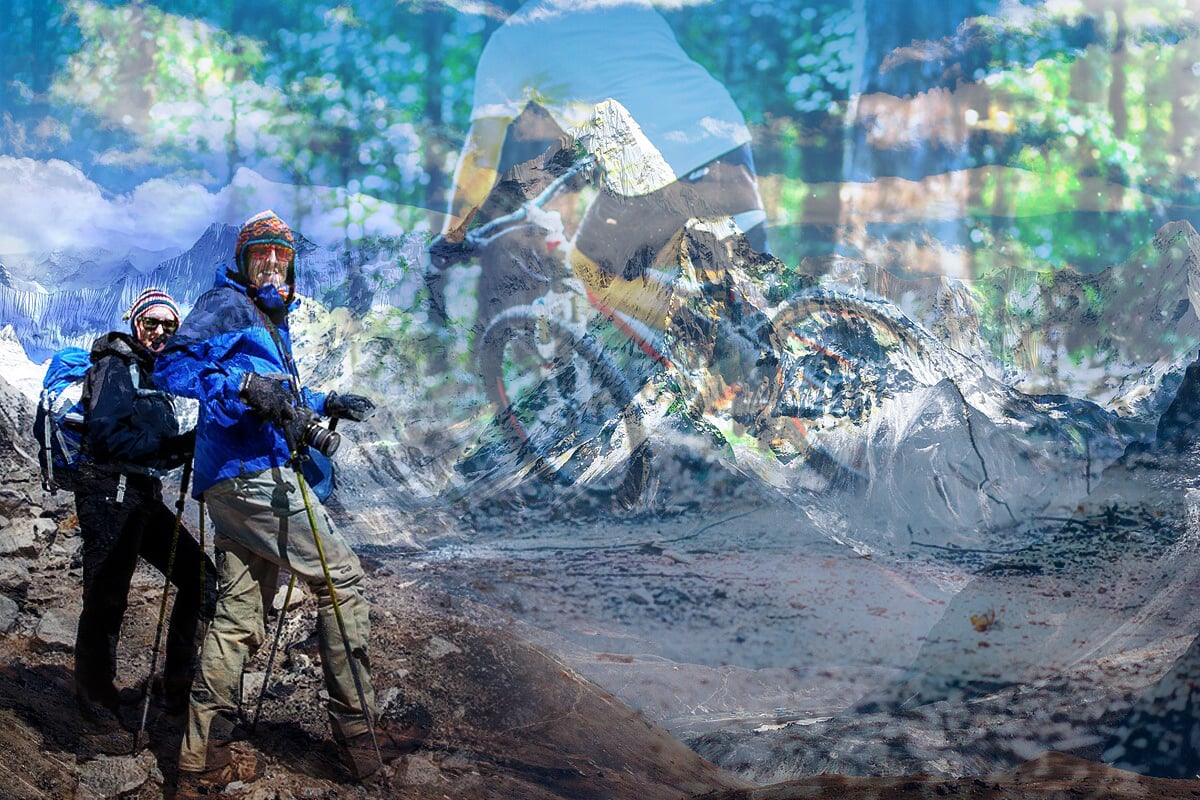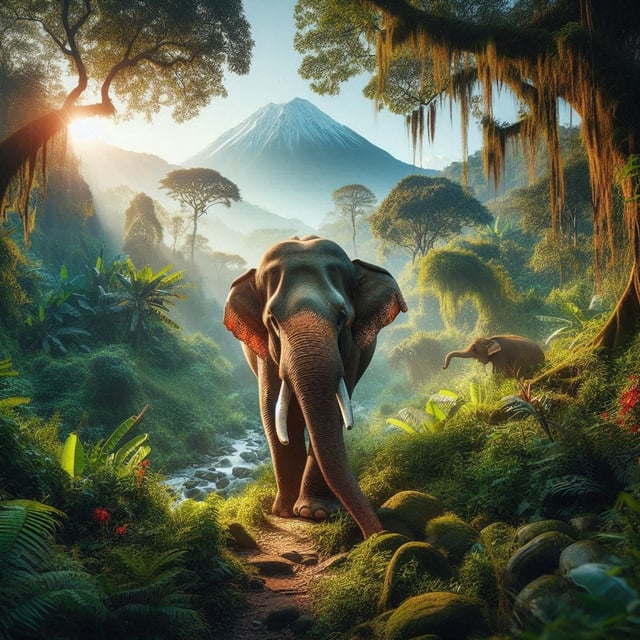History of Adventure in the Himalayas

Nepal, a country now known for adventure and extreme sports, was historically an isolated Himalayan Kingdom, with a rugged terrain and an isolationist government. Modernization, and the introduction of bicycles for example, at the time, was originally considered a luxury that could only be afforded by the elite.
Nepal's first bicycle store was established in 1925 by Asta Narayan Manandhar. The cost of a single bicycle was Rs. 100, which exceeded the annual income of an average government official. Adventure sports were not a practical activity in early 20th-century Nepal.
Due to the rapid political transformation that started in 1949, Nepal gradually opened its borders to mountaineers, marking a pivotal moment for adventure sports. New policies began to promote mountaineering and adventure in a country slowly gaining fame for its famous peaks. Eventually, it turns Nepal’s landscapes into a playground for global adventurers.
The spirit of exploration ignited in 1964 when former Gurkha Officer and Military Colonel Jimmy Roberts started Nepal’s first trekking company ‘Mountain Travel’. As a result, Roberts earned the title "The Father of Trekking" in Nepal. Tourism has created a symbiotic relationship between travelers and the locals, as adventurers created employment opportunities in an impoverished country.
Mt. Everest has bolstered the reputation of tourism as being recognized for its challenging terrain.
Mt. Everest is the highest peak in the world when measured from sea level. It attracts adventurers intending to make headlines and seek their country’s recognition.
In 1970, Japan’s Yuchiro Miura's daring ski descent of Mount Everest solidified his reputation for accomplishing such an extraordinary feat, marking only the beginning of such thrilling adventures. This also helped to create an award-winning documentary “The Man Who Skied Down.
Very soon after, a new adventure sport was introduced in Nepal when Americans Craig Moffet and Brad Grunewald achieved the unthinkable by biking to Everest Base Camp in 1983, it was right after Moffet and Grunewald’s feat, that mountain biking became another celebrated sport in Nepal.
The 1985 Everest Marathon, organized by Tony Hunt and Jan Turner, added another dimension to Nepal's adventure portfolio. This challenge encouraged the regular event of conducting a race at an astonishing altitude of 5,364 meters, making it one of the world's most challenging races.
The Himalayas have transformed into a testing ground for athletes seeking to challenge human physical capabilities and prove their competence in extreme conditions.
In 2008, the inaugural Everest skydiving event further enriched Nepal’s adventure sports offerings. Four fearless skydivers showcased their enthusiasm for adventure by taking the skies above the majestic Himalayan peaks.
Sports continued to experience remarkable growth in the 21st century. In 2020, designated as Visit Nepal Year, the Everest region hosted the World's Highest Ice Hockey and Ice Skating event at Gokyo Lake.
Nepal’s evolution from isolation to becoming a global adventure magnet reflects an inspirational story of a country that opened itself up, allowing nature's grandeur to meet the human ambition of achieving unprecedented heights.
Author
Kripendra Amatya, Researcher, Nepa~laya Productions
Editor
Dana Moyal Kolevzon, Director of International Relations, Nepa~laya Productions
Published Date
January 1, 1970



